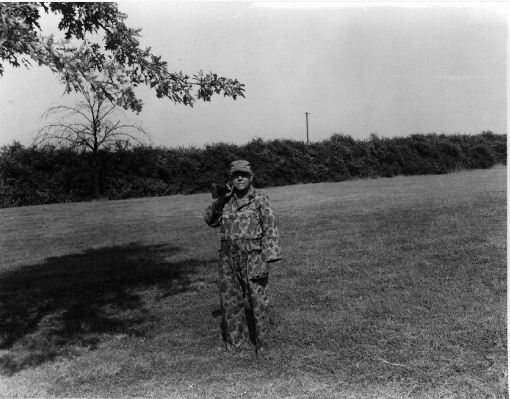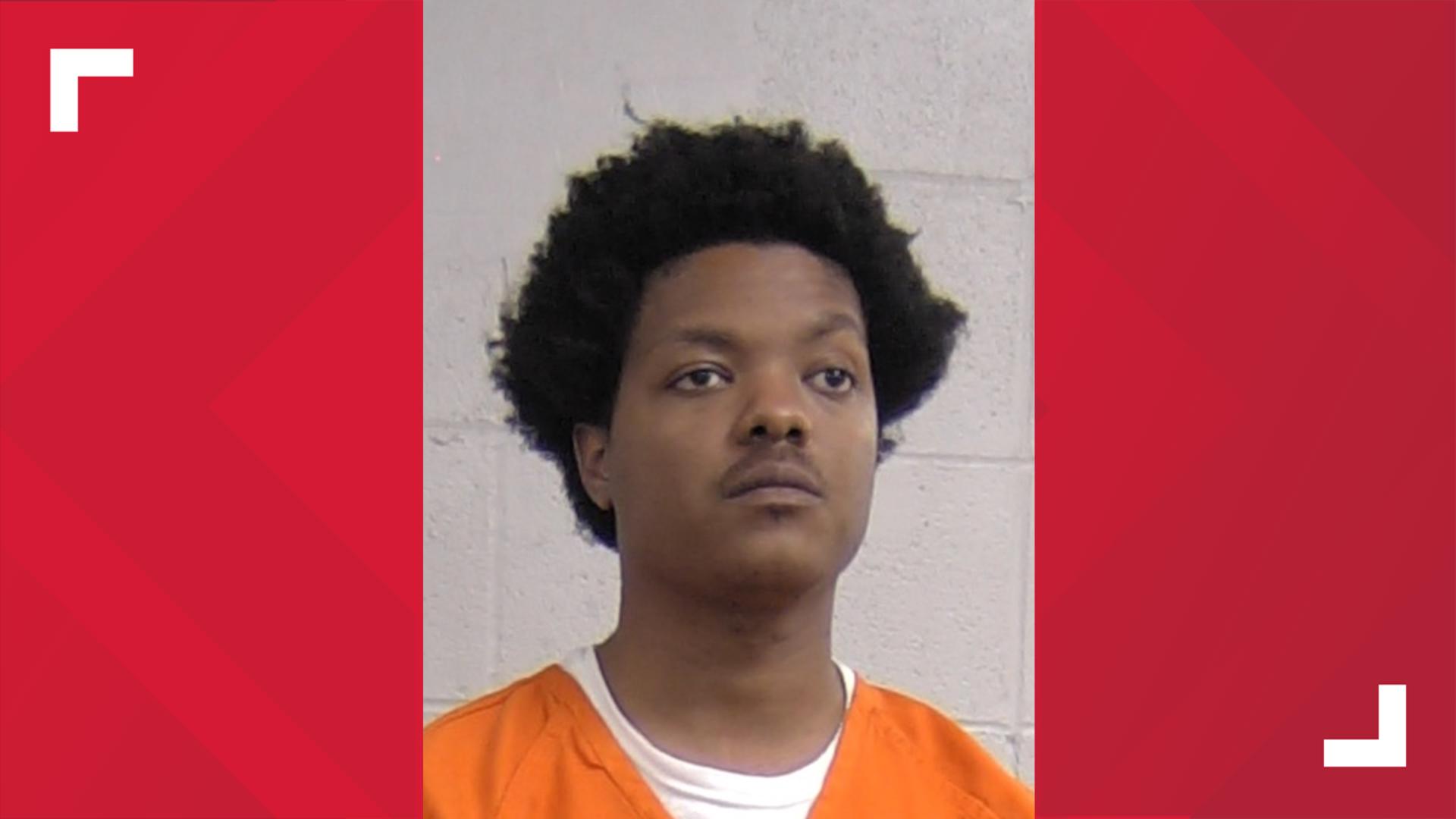LOUISVILLE, Ky. (WHAS11) -- The fog of history is thick on a property in Shively. The property was once the most famed bourbon distillery in the world, Stitzel Weller.
It opened on the day they ran the 61st Kentucky Derby, in 1935.
Julian Van Winkle, Sr., skipped the Derby that day, instead walking the Stitzel Weller property. He is the man who built the distillery and ran it until the year before he died in 1965. He is already known to everybody as "Pappy."
Mike Veach of Louisville's Filson Historical Society, the only non-distilller inducted into the Bourbon Hall of Fame, says he was a force.
"He was very important to the industry in his lifetime but his status is nowhere near where it is today. He was known around the world; nowadays, probably is as famous as Colonel Sanders," Veach said.
Van Winkle produced Old Fitzgerald in Shively. It would be thirty years after his death before the first bottle of bourbon with the name Pappy would be created by his grandson, Julian Van Winkle III.
"It was in our blood and we grew up around it. Just a fabulous place. Everyone who worked there was great friends with Pappy," Julian Van Winkle III said.
His sister Sally Van Winkle Campbell has vivid memories of what Pappy was like.
"If somebody asked him how he got into the bourbon business his reply was, I needed a job and got one," Van Winkle Campbell said.
Van Winkle Campbell described what some days were for Pappy when business was thriving.
"There was lots of bird life and he loved to hunt, so lots of time he would wear his camouflage outfit to work and go out in the afternoon," Sally said.
He hunted on the Stitzel Weller fields. Van Winkle was known for his honesty and integrity with hand shake deals. He wrote letters thanking people for visiting him, and he wrote personal columns promoting Old Fitzgerald that appeared in national magazines and newspapers. They had titles like "All in favor of flavor, say Aye!" or "How to Stay Marrried for life?" Pappy writes "stick to one model", like we do with Old Fitzergerald.
Where did it all start?
On Louisville's Whiskey Row in 1893 at the age of 20. A young Julian Van Winkle, Sr., right out of Centre College in Danville, Ky., walked through those doors for the first time, beginning his career as a bourbon salesman with the W.L. Weller Company.
The other buildings where he worked are still standing: At the end of Story Avenue in Butchertown is the original Stitzel Distilling Company headquarters. It still exists as a vacant building.
"He traveled by mule, by horse and buggy and by train and plane, and none of that phased him. He just moved right on into the future," Van Winkle Campbell said.
What a future it turned out to be! Now his name is on the most sought after bourbon in the world. But Van Winkle has been gone longer than most of the people fighting for his product have been alive.
Some believe he's just a creation of good marketing.
But WHAS11 worked with the family for more than a year, asking them if they knew of any moving film of Pappy. Unseen for decades, stored in an attic, the Van Winkles found Pappy and his wife Katie Smith, known as Nana, walking out of a home in Lexington.
Years later, there's Van Winkle Campbell on horseback with her dad, Julian Van Winkle II, in Louisville's Indian Hills. Pappy and Nana visited every Sunday afternoon. Pappy is dressed with a tie, wearing a hat smoking his cigar, Nana is by his side.
One film shows him in a brown suit in Louisville looking like he's straight off a bourbon label.
But the classic clip from the attic is a 1950s scene on Del Ray Beach, Fla.
"Nana was all dressed up. Both of them dressed like they were going to church. Fully dressed! 100 degrees, in his suede jacket," Van Winkle Campbell said when she watched the film.
Even more amazing is how the Pappy brand was created. Not in some corporate boardroom but in the head of one man. In fact, one photo, changed the course of the entire bourbon industry. Van Winkle III said the photo on the Pappy label, "was the ah-ha moment for sure."
Van Winkle III had been looking for a way to honor his grandfather with a bourbon, but he didn't have the right idea or even a name for the label.
"I just pulled that picture out of a file in my basement and I said, I've got to do something with this," Van Winkle III said.
The first bottle of Pappy appeared in December 1994 thanks to the sudden discovery. Van Winkle III said it would have been delayed or put on the back burner had it not been for the photo file in his hands.
"He's lighting a cigar sitting in his office," Van Winkle III said, describing the photo.
Where did that picture come from? Ironically we found it in a scrapbook given to Pappy by an employee upon his retirement. Taken in April 1959 by Louisville Times photographer Charles Fentress for a newspaper profile. In it, the 85-year-old Pappy told reporter Howard Bray, "No good bourbon whiskey was ever made north of the Ohio."
"There's smoke all around. A lot of people think he has a little beard in the photo on the label but you can tell its smoke," Van Winkle III said.
Pappy the bourbon was easy to find and buy for three years from 1994 until March 1997. Van Winkle III can trace the moment the Van Winkle business changed. It was when a wine magazine gave his 200-year bourbon a 99 taste rating, ironically.
"The distributors would see this and we got a few phone calls saying, 'Can we carry it?'" Julian Van Winkle III said.
Pappy would be pleased. For 50 years he and Nana lived in a home off Eastern Parkway in the Highlands. They purchased it in 1914. The family says the two drank one bourbon a night together until before he died at age 91.
Van Winkle Campbell loves one story in particular.
"Nana would say now, 'Now Julian remember the doctor told you he didn't want you to have too much.' He'd say, 'Well he didn't want me to have too little either,'" Van Winkle Campbell recalls.
The Van Winkle home's present owners are proud to call it their home and Mary Julia Kuhn admires one Van Winkle photograph specifically.
"We're standing just about where Pappy and Nana were dancing their 50th wedding anniversary and they had a piano right here and other musicians," Kuhn said.
Kuhn and her family have lived in Pappy's house since 1976. They are still visited by Pappy's wife who remains a friendly spirit. At least two neighbors and a family member have seen the apparition.
"We think she likes us very much. An older lady sitting by the window in a rocking chair with her hair braided and up and that's how Mrs. Van Winkle wore her hair," Kuhn said.
The Van Winkle family confirms that Nana died three years after Pappy, in the house, in her bedroom.
"She was warm and charming and a whole lot of fun," Sally said.
If the word vortex ever applied to anything: it's the bourbon that causes stores to post "No Pappy" signs and people across the country to stand in lines and hope for a chance.
Gone 50 years, but there is no doubt Van Winkle is loving every twist and turn of this bourbon tale because the lesson Pappy lived by is still playing out to this day.
"He believed in making fine bourbon. That was his bottom line. He believed if you made it right everything else would take care of itself," Van Winkle Campbell said.


